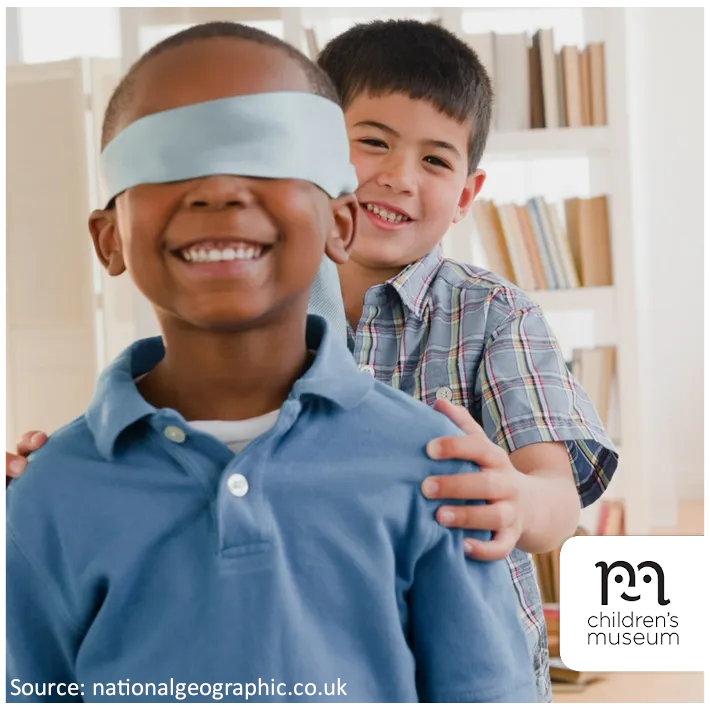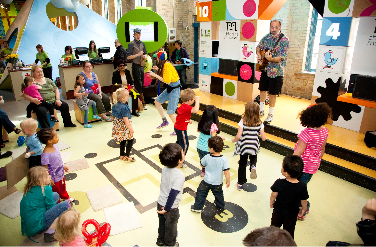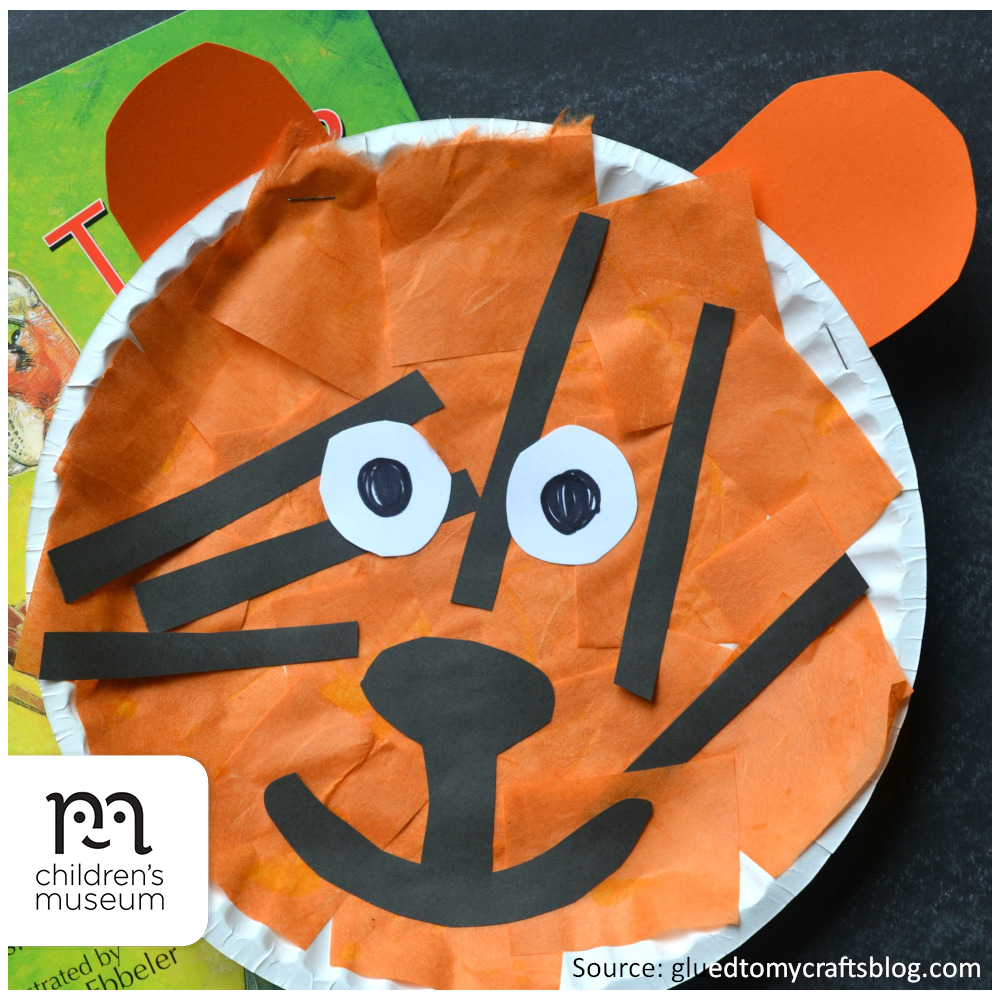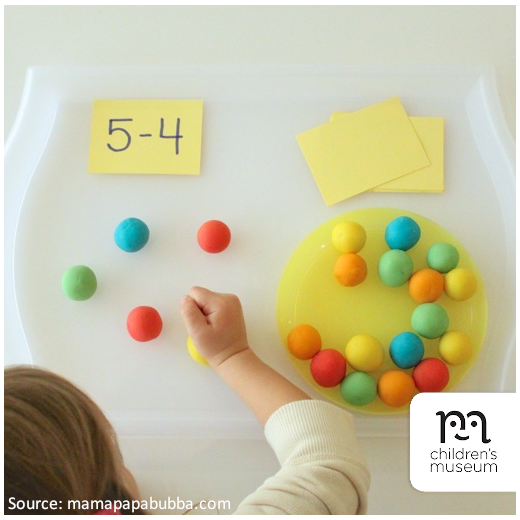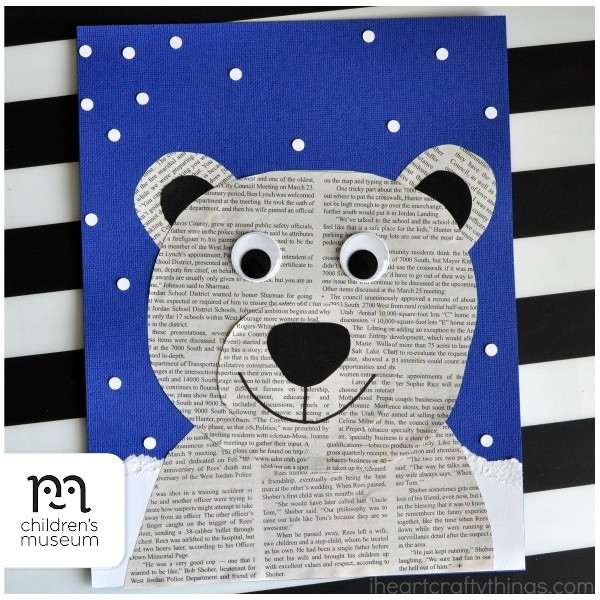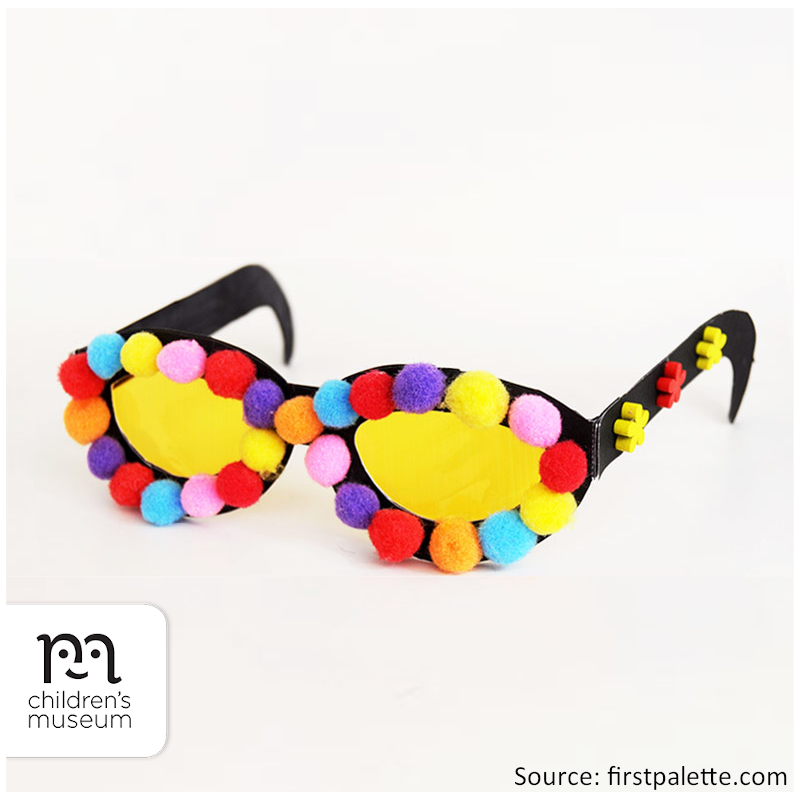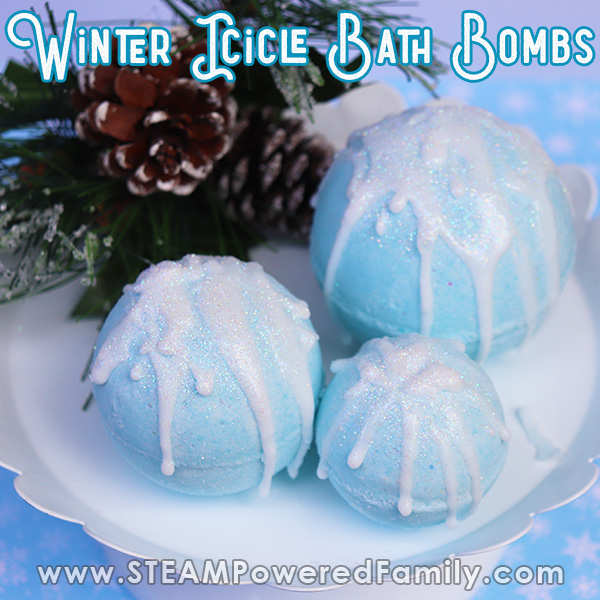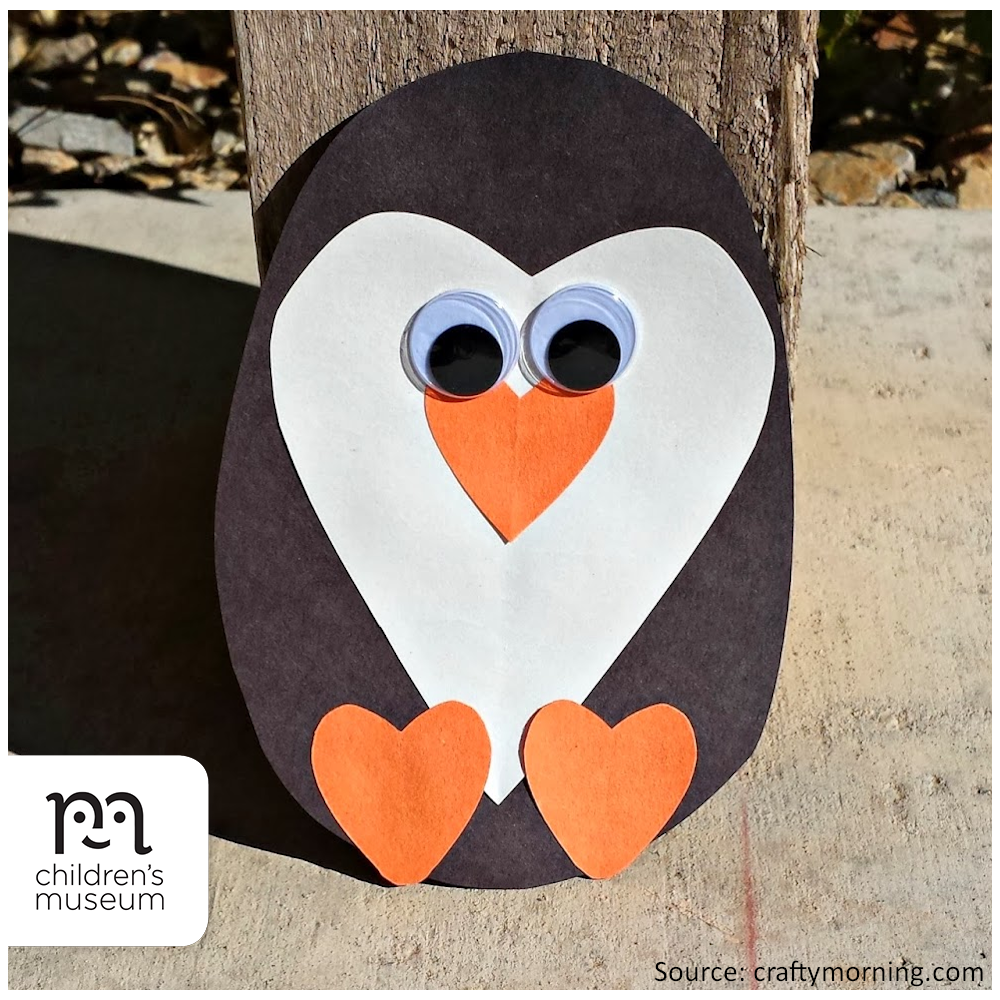
Though we’ll miss celebrating Boxing Day with you this year, here are some of our favourite family ideas for an extra special Boxing Day at home!
1. Bundle up and go for a winter walk.
Spending time outdoors is a great way to relax, re-energize, and reconnect with nature after a busy festive season. Not only is it good exercise, it’s also a lot of fun!
If you want to add a little variety to your regular neighborhood walk, here are 10 fun walk ideas for families.
2. Break out the board games for an afternoon (or evening!) of family games.
For many families, game night is a big tradition. That’s because it can be a great way to make memories in a manner that’s largely inexpensive, easy — and most importantly — fun.
Let each family member choose their favourite board game and then play each game in turn – or see this list of fun family game night ideas to help you out with your planning!
3. Get crafty with empty boxes and left-over gift wrap.
From Cardboard Skeeball and Cash Registers to Target Golf and Drive-In Movie Cars, a cardboard box can be anything you imagine it to be and more!
4. Watch a family-friendly boxset.
While limiting screen-time is normally a good thing, sometimes it can be fun to throw the rules out the window for one day. This Boxing Day, get cozy with some hot chocolate and leftover holiday snacks and tuck in with your loved ones for a family movie marathon. Bonus points awarded for festive movies titles, extra soft pillows, and snuggly duvets!
Looking for movie ideas? See Movie Marathon with Kids: Over 100 Movies for Families for tons of great themes and titles.
5. Learn something new.
The day after Christmas isn’t just a time for sitting around in your pyjamas and checking out all your presents. It’s a holiday of its own! But what is Boxing Day and what’s the history behind it?
Get the scoop on Boxing Day or explore more fun winter holiday facts at CBC Kids!
